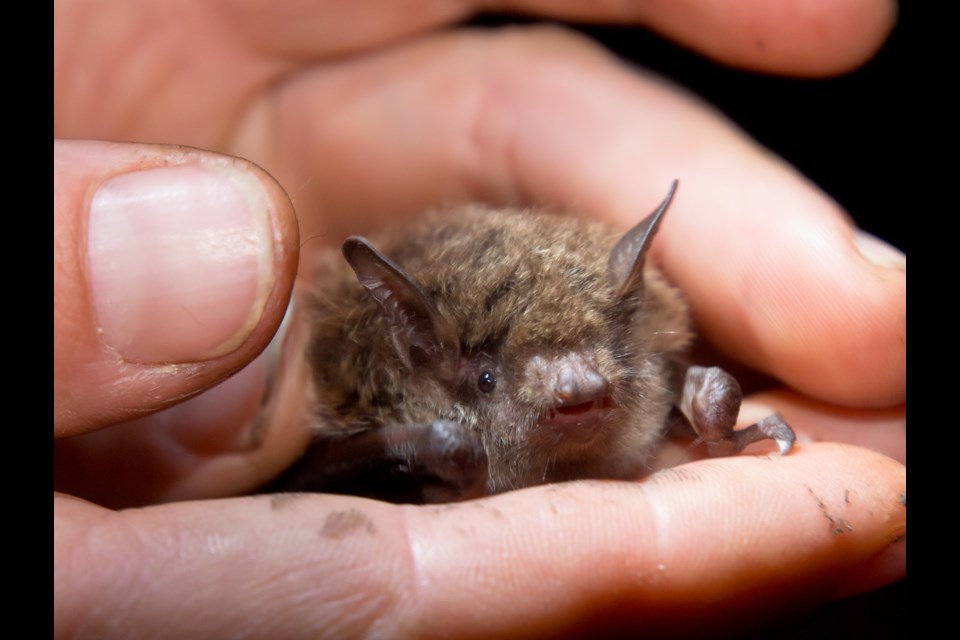The Moose Jaw Public Library is hosting researchers from the University of Saskatchewan with an exciting opportunity for citizen science — residents will learn all about about the peculiar little flying mammals called bats, and have a chance to take a bat detector home and contribute to the project.
There will be two sessions on Thursday, Sept. 7, in the Reading Room at the Moose Jaw Public Library (MJPL). The first session is 1:30 to 2:30 p.m., and the evening session is from 7 to 8 p.m.
"I think this is going to be a super informative and fun program, and I think it's great for the public to learn about citizen science," said Naiomi Setter at the MJPL.
"This research project is something that anyone can participate in and contribute data to, using the bat detection kits. We haven't had a research opportunity like this for quite some time. Universities often reach out for public participation and information, but this one's a bit different because they'll be providing these kits."
The research team is from the biology department at the University of Saskatchewan. Presenter Lauren MacDonald is the research and outreach co-ordinator for a project on Little Brown Bat conservation in Saskatchewan, under Dr. Jeffrey Lane, who runs his own lab at the U of S.
"I believe there's a whole group of researchers doing this project across the entire province," Setter explained, "and that there's quite a few of these [bat detection] kits going out to different libraries in Saskatchewan."
According to the Neighbourhood Bat Watch at BatWatch.ca, there are 18 different species of bats in Canada, but not enough is known about exact numbers for these important mammals. That's why citizen science efforts can be invaluable to researchers by multiplying the amount of people helping to keep track.
The spread of the devastating European fungus that causes White Nose Syndrome (WNS) in bats has caused the most extreme drop in population numbers ever observed — in the Atlantic provinces, bat populations have declined by 99 per cent.
This is a problem because bats play an outsized role in controlling insect populations. Little Brown Bat colonies have an average of 9,000 individuals, each of whom can eat their weight in insects every single night. All of Canada's bat species are strictly insect-eaters.
Here are a few myth-busting bat facts to warm up on before next Thursday:
- Bat-specific researchers are called chiropterologists
- Bats use echolocation to hunt, but they are not blind and have good eyesight
- Bats can be surprisingly long-lived, with Little Brown Bats documented living nearly 40 years
- Bat populations are slow-growing, with most bat mothers having only one pup each year
- Although the risk of rabies should be taken very seriously, only about 5 per cent of submitted samples from bats are positive for rabies, with researchers estimating that free-ranging bat populations have a less than 0.1 per cent chance of carrying the disease
In response to some providers blocking access to Canadian news on their platforms, our website, MooseJawToday.com will continue to be your source for hyper-local Moose Jaw news. Bookmark MooseJawToday.com and sign up for our free online newsletter to read the latest local developments.




